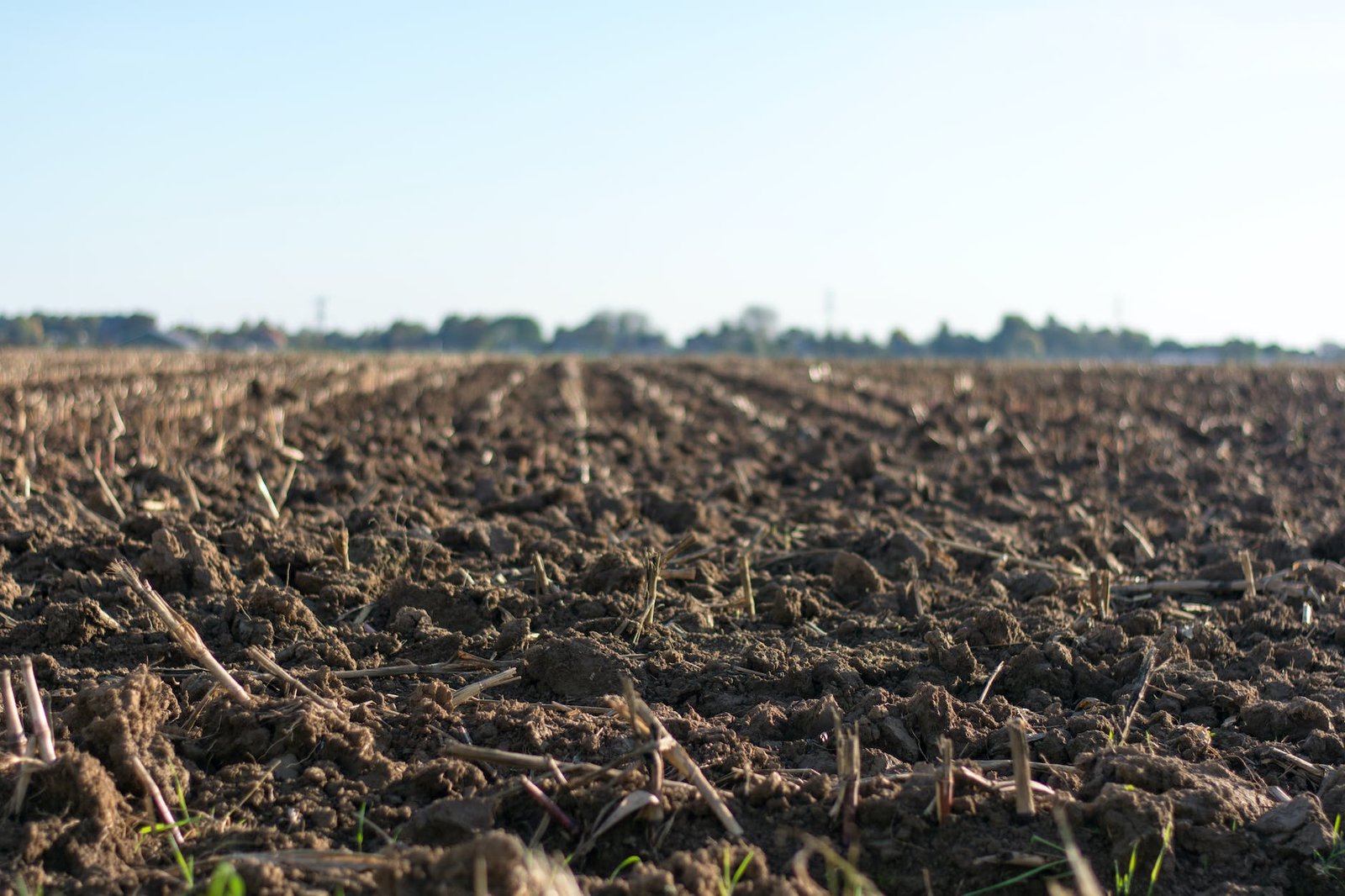Soil Organic Carbon in Agriculture: Unleashing the Power of Nature’s Hidden Treasure

In the world of agriculture, where productivity, sustainability, and environmental stewardship are crucial, the role of soil organic carbon (SOC) cannot be overstated. SOC is a fundamental component of soil health, acting as a powerhouse for plant growth, water retention, nutrient cycling, and climate change mitigation. This blog aims to delve into the depths of SOC, exploring its significance, sources, management practices, and the manifold benefits it brings to agricultural systems.
Understanding Soil Organic Carbon:
Soil organic carbon refers to the carbon stored in the soil in the form of organic matter derived from plants and animal residues. It serves as the foundation of soil fertility and productivity, impacting various essential soil properties. SOC is composed of three primary fractions: active, intermediate, and passive carbon, each exhibiting distinct turnover rates and biological functions.
Importance of SOC in Agriculture:
- Nutrient Cycling: SOC acts as a reservoir of essential nutrients, such as nitrogen, phosphorus, and sulfur. Through microbial processes, organic matter decomposition releases these nutrients, making them available for plant uptake, thereby reducing the need for synthetic fertilizers.
- Water Retention and Drainage: SOC improves soil structure and porosity, allowing for enhanced water infiltration and storage. It increases the soil’s water-holding capacity, reducing the risk of drought stress and erosion while promoting plant growth.
- Carbon Sequestration: SOC plays a vital role in mitigating climate change by sequestering atmospheric carbon dioxide (CO2) through photosynthesis. Carbon stored in soils can remain locked away for extended periods, acting as a significant carbon sink.
Sources of Soil Organic Carbon:
- Plant Residues: Crop residues, such as stalks, leaves, and roots, contribute to SOC through decomposition. Cover crops and green manures can be used strategically to increase the input of plant residues.
- Animal Manures: Livestock manure provides a rich source of organic matter and nutrients. Proper management of manure application can boost SOC levels while minimizing environmental impacts.
- Organic Amendments: The application of compost, biochar, and other organic amendments can significantly augment SOC content, enhancing soil fertility and structure.
Factors Influencing SOC Levels:
- Climate: Regions with higher rainfall and more vegetation growth generally have higher SOC content compared to arid or semi-arid regions.
- Soil Type: Soil composition plays a significant role in determining SOC levels. Soils with higher clay and silt content tend to have higher SOC due to their greater ability to retain organic matter.
- Land Management Practices: Agricultural practices such as tillage, crop rotation, cover cropping, and organic matter additions can influence SOC content. Sustainable practices that promote organic matter inputs and reduce soil disturbance tend to increase SOC levels.
- Cropping Systems: Different crops have varying impacts on SOC. For example, crops with high biomass production, such as legumes or cover crops, contribute more organic matter to the soil, thereby increasing SOC content.
Management Practices to Enhance SOC:
- Conservation Tillage: Reducing or eliminating conventional tillage practices minimizes soil disturbance and organic matter loss, leading to higher SOC levels.
- Crop Rotation and Diversification: Rotating crops and introducing diverse plant species increases organic matter inputs, improves soil structure, and reduces pest and disease pressure.
- Agroforestry and Windbreaks: Integrating trees and shrubs into agricultural landscapes helps sequester carbon, reduce erosion, and provide additional organic inputs through leaf litter.
- Precision Nutrient Management: Balancing nutrient inputs with plant requirements optimizes crop growth and minimizes nutrient losses, ensuring sustainable SOC accumulation.
Benefits of Soil Organic Carbon:
- Improved Soil Fertility: SOC enhances nutrient availability, cation exchange capacity, and soil pH, leading to healthier and more productive soils.
- Enhanced Crop Yields: Adequate SOC levels promote robust root development, nutrient uptake, and water availability, translating into increased crop yields and improved quality.
- Soil Erosion Control: SOC contributes to soil aggregation and stability, reducing the risk of erosion caused by wind or water. This helps preserve topsoil, a vital resource for sustainable agriculture.
- Climate Change Mitigation: Increased SOC levels contribute to carbon sequestration, mitigating climate change by reducing atmospheric CO2 concentrations.
Soil organic carbon serves as the backbone of sustainable agriculture, fostering soil health, crop productivity, and environmental resilience. By adopting appropriate management practices that enhance SOC, farmers can reap numerous benefits while contributing to a greener future. As we recognize the immense value of this hidden treasure beneath our feet, let us work together to protect and nurture our soils, ensuring a bountiful and sustainable agricultural legacy for generations to come.



